Cultural heritage - treasures left by our ancestors
With rich and diverse natural resources and a huge and unique cultural treasure spanning 4,000 years of national history, all of these things contribute to making Vietnam one of the world's famous tourist countries with heritages honored by UNESCO. Including world natural heritages, cultural heritages, intangible heritages...
Currently, nationwide, there are more than 40,000 relics and nearly 70,000 intangible cultural heritages inventoried, including: 34 heritages listed by the United Nations Educational, Scientific and Cultural Organization (UNESCO) (including 08 world cultural and natural heritages, 16 intangible cultural heritages listed by UNESCO and 10 documentary heritages listed by UNESCO's Memory of the World Program); 138 special national relics ranked by the Prime Minister, 3,653 national relics, 11,232 provincial relics, 589 intangible cultural heritages included in the List of national intangible cultural heritages; There are 294 artifacts and groups of artifacts recognized by the Prime Minister as national treasures, of which 161 artifacts and groups of artifacts are preserved, displayed and promoted in museums.
Nationwide, there are 203 museums, including 127 public museums and 76 non-public museums, preserving and displaying over 4 million documents and artifacts, including many collections and artifacts that are especially rare. Through 3 rounds of conferring the title of artisan according to Decree No. 62/2014/ND-CP, 13 artisans were conferred the title of "People's Artisan" and 1,619 artisans were conferred the title of "Meritorious Artisan".
Cultural heritage is a treasure that nature bestows upon the country, the crystallization of creative labor that our ancestors have painstakingly created from generation to generation. It is these cultural and natural heritages that have contributed to bringing the image of the country and people of Vietnam to international friends, attracting a large number of tourists.
This is an extremely rich and unique resource for localities across the country to exploit and develop tourism, contributing to poverty reduction and creating livelihoods for people. Thanks to that, many localities have been named on the domestic tourism map. It can be affirmed that heritage is a tourism resource with strong appeal, a driving force attracting more and more domestic and international tourists to visit.
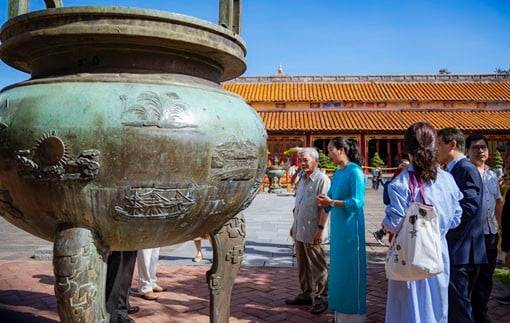 |
The reliefs on the Nine Urns of the Hue Imperial Palace were recognized by UNESCO as a world documentary heritage. (Photo: Hue Monuments Conservation Center) |
According to the latest statistics of the Vietnam National Administration of Tourism, the total number of international visitors in the first 11 months of 2024 reached 15,836,661 million, an increase of 41.0% over the same period in 2023. The tourism industry is expected to complete the target of welcoming 17 - 18 million international visitors in 2024. Meanwhile, the number of domestic tourists in November 2024 is estimated at about 4.5 million, of which about 3 million are staying. The cumulative number of domestic tourists in the first 11 months of 2024 is estimated at about 105 million.
Need to harmonize the relationship between conservation and development
Deputy Director of the Vietnam National Administration of Tourism Ha Van Sieu once commented that in the current trend of strong tourism growth, especially mass tourism, it has been negatively affecting cultural heritage. Mr. Ha Van Sieu also shared that the situation of over-commercialization of tourism, the dulling of cultural values; the risk of fading identity, breaking local traditions and lifestyles... is a warning bell for stakeholders about sustainable management of cultural heritage resources in tourism development.
At the Conference - Workshop "65 years of protecting and promoting the value of cultural heritage" organized by the Department of Cultural Heritage (Ministry of Culture, Sports and Tourism) in mid-December, Director of the Department of Cultural Heritage Le Thi Thu Hien said that, besides the outstanding achievements, on the path of development, we need to identify a number of difficulties and challenges to overcome together. Mechanisms and policies for the management, protection and promotion of cultural heritage values need to be improved; social awareness of cultural heritage needs to be further enhanced to be truly uniform, profound and comprehensive, especially in harmoniously handling the relationship between conservation and development; investment funding for activities to protect and promote the value of cultural heritage needs to be increased to meet practical needs.
Mr. Nguyen Quoc Hung, former Deputy Director of the Department of Cultural Heritage, said that the country's economic development creates resources for the restoration of relics but also causes many impacts on the integrity of the relics due to the rapid urbanization, industrialization, modernization, etc. processes.
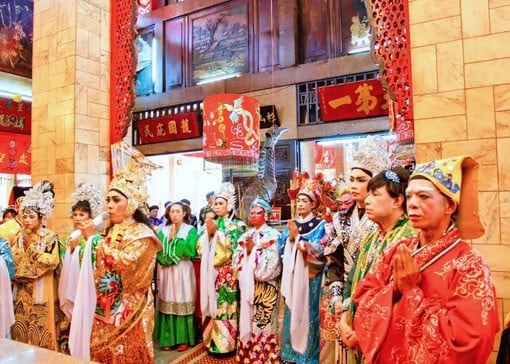 |
The Ba Chua Xu Mountain Sam Festival includes spiritual rituals and artistic performances. (Photo: Department of Cultural Heritage) |
Prof. Dr. Nguyen Van Kim, Vice Chairman of the National Cultural Heritage Council, said that it is necessary to pay attention to the issues of policy and people. Without timely and correct orientations and policies, our country will continue to face increasingly serious social and cultural challenges. Without practical policies and quick and correct action plans, the nation's culture will be lost, its identity will be lost, the Vietnamese people will be degraded, leading to unpredictable consequences for the security of the whole society. The core of the Vietnamese cultural value system is the people and the core of the Vietnamese human values is cultural personality. Therefore, it is necessary to have a strategy to build people, to build the personality of modern Vietnamese people. That must be considered a top concern, an important goal.
According to cultural experts, localities need to consider implementing tourism activities at some relics and cultural heritages that are vulnerable and easily deformed during the development process. In tourism planning, it is necessary to especially encourage the development of responsible tourism forms associated with community culture, respecting cultural diversity and the integrity of intangible cultural heritage.
In the “Cultural Development Strategy to 2030”: “Protecting and promoting national cultural heritage: Completing the planning task and planning for the preservation, renovation and restoration of relics. Focusing on investing in the preservation, renovation and restoration of special national relics, world heritages, historical and cultural relics of typical value, serving traditional education and economic development; linking the preservation and promotion of cultural heritage with tourism development; Improving the quality of collection, research, inventory and classification of intangible cultural heritage and documentary heritage. Restoring and preserving some types of intangible cultural heritage and traditional arts at risk of fading away, prioritizing the cultural heritage of ethnic groups with a population of less than 10,000 people. Promoting the value of intangible cultural heritages recognized by UNESCO, contributing to promoting the image of the country and people of Vietnam... Upgrading and effectively exploiting the database on intangible cultural heritage Cultural heritage of 54 Vietnamese ethnic groups suitable for the requirements of the Fourth Industrial Revolution.
Source: https://baophapluat.vn/du-lich-tranh-gay-tieu-cuc-den-di-san-van-hoa-post535666.html




![[Photo] "Beauties" participate in the parade rehearsal at Bien Hoa airport](https://vstatic.vietnam.vn/vietnam/resource/IMAGE/2025/4/11/155502af3384431e918de0e2e585d13a)
![[Photo] Looking back at the impressive moments of the Vietnamese rescue team in Myanmar](https://vstatic.vietnam.vn/vietnam/resource/IMAGE/2025/4/11/5623ca902a934e19b604c718265249d0)


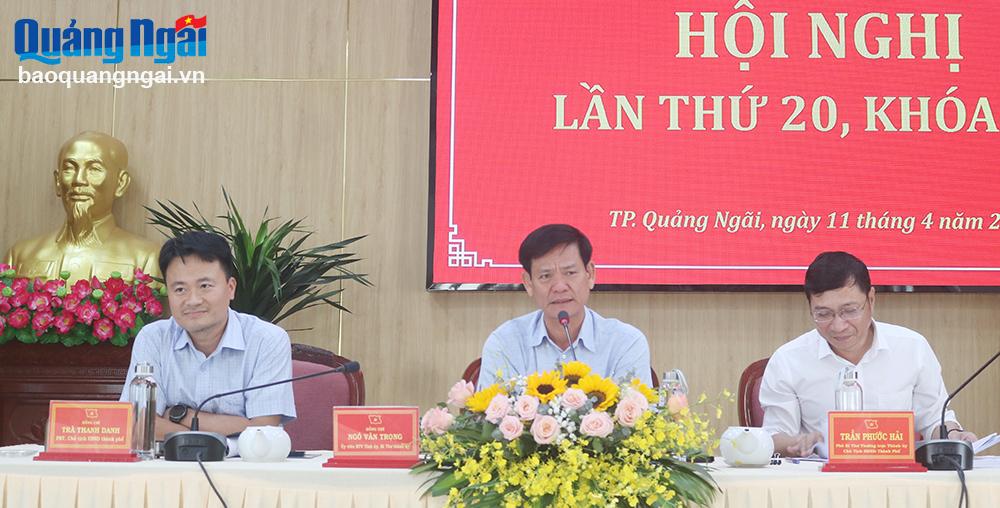


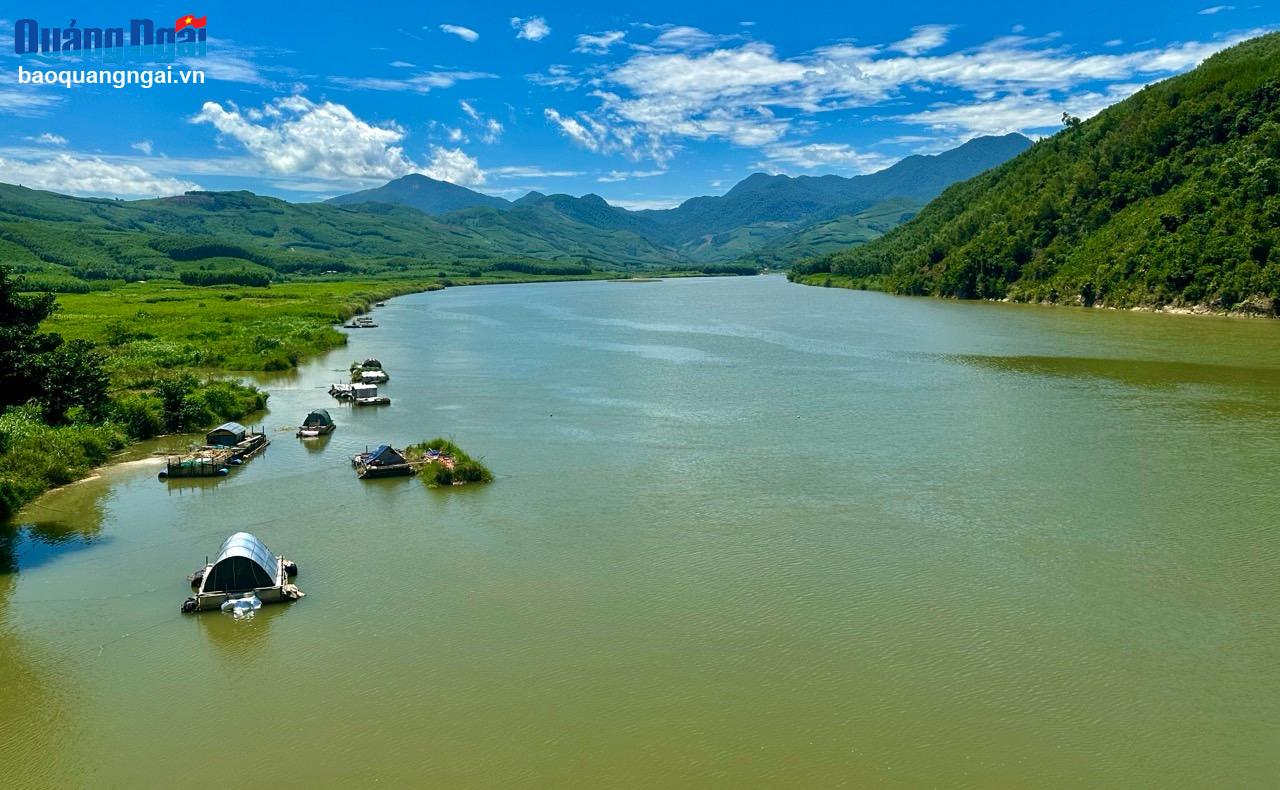
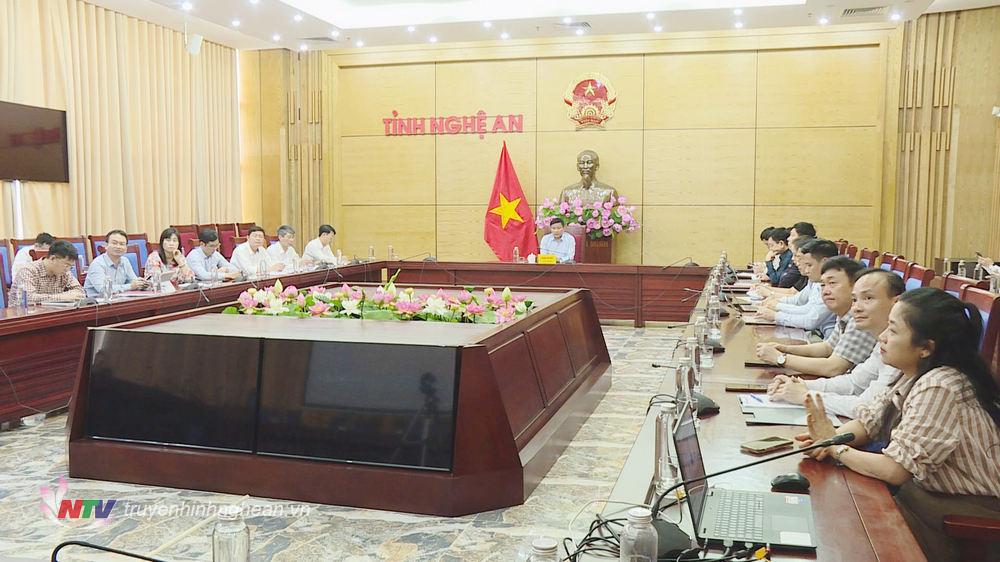
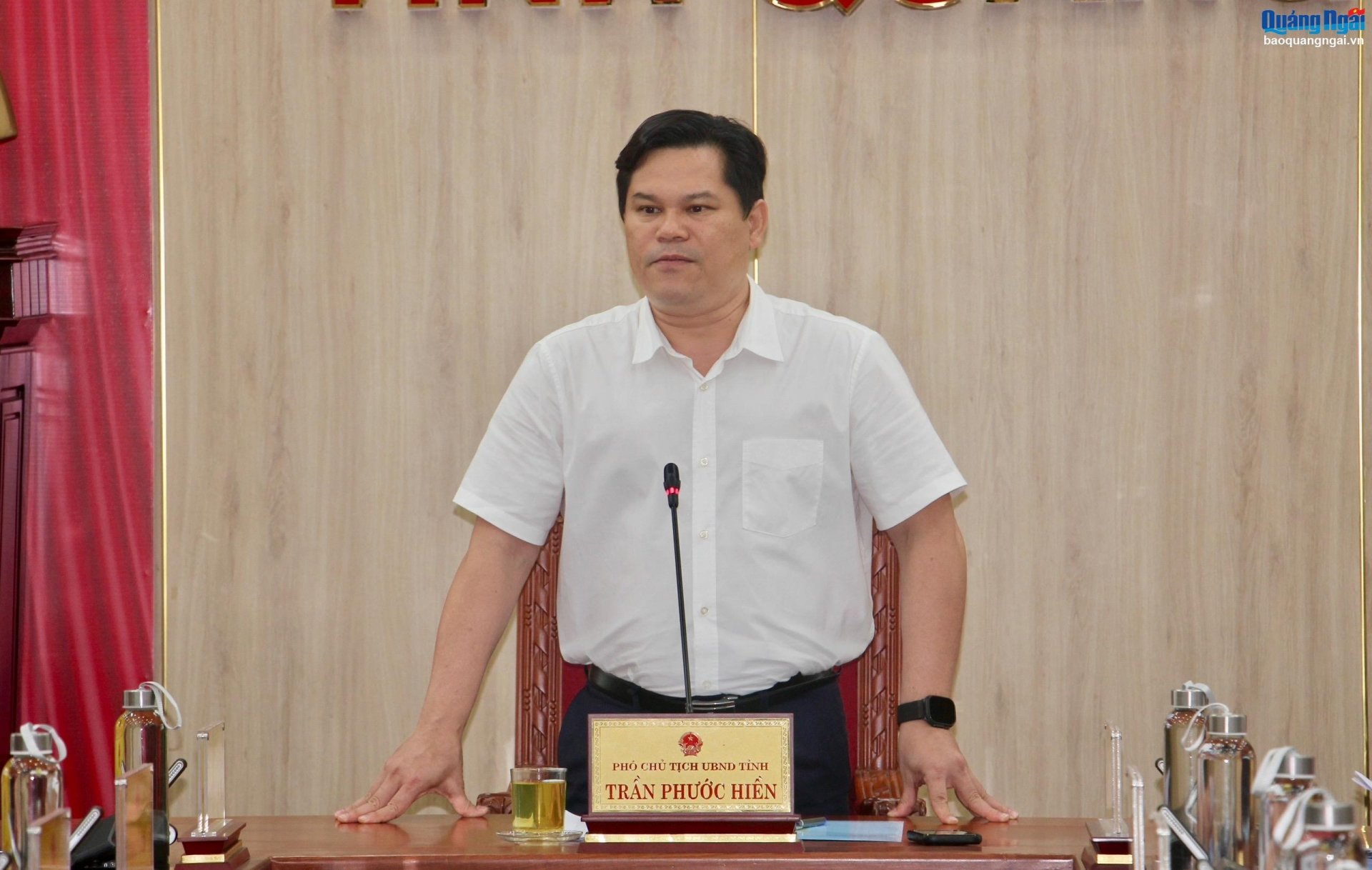




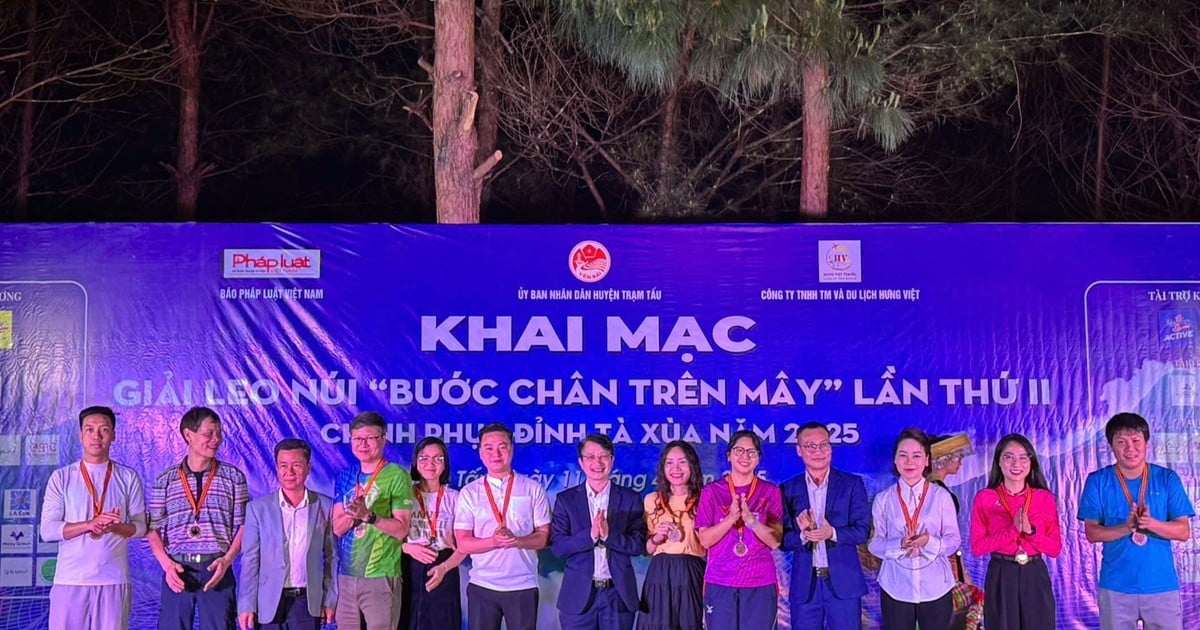
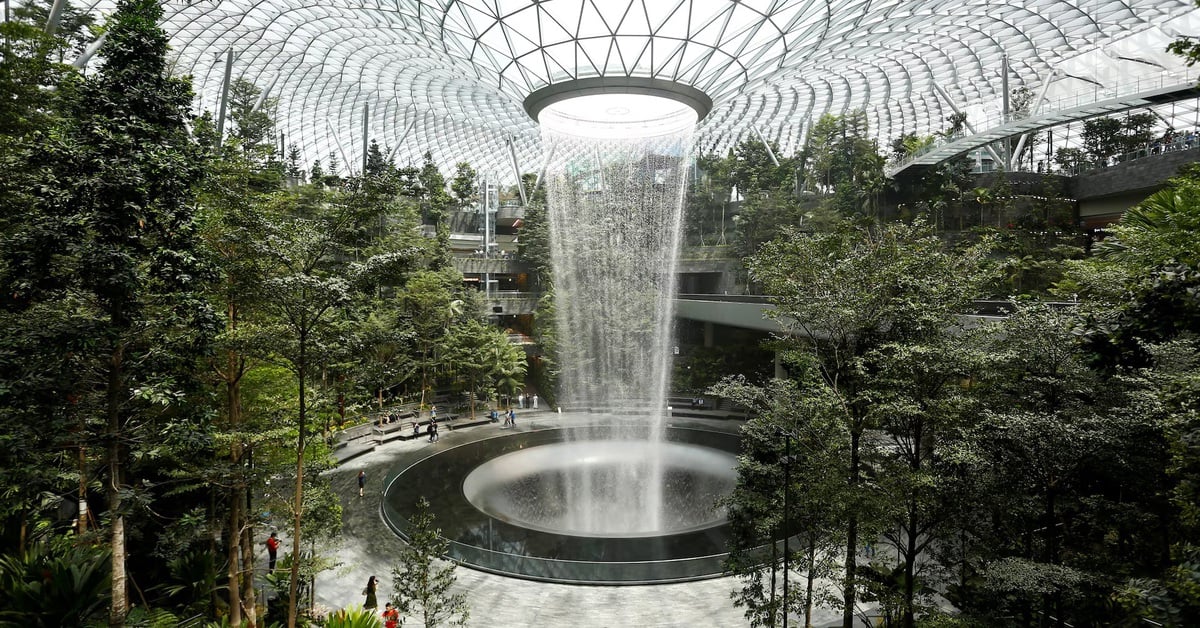

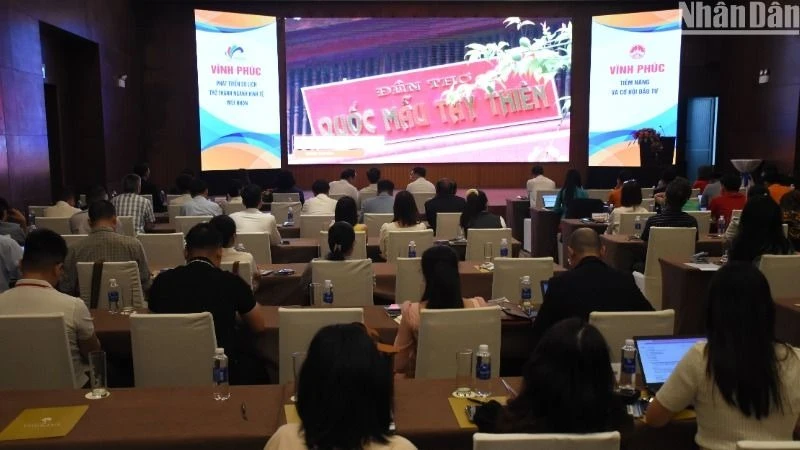


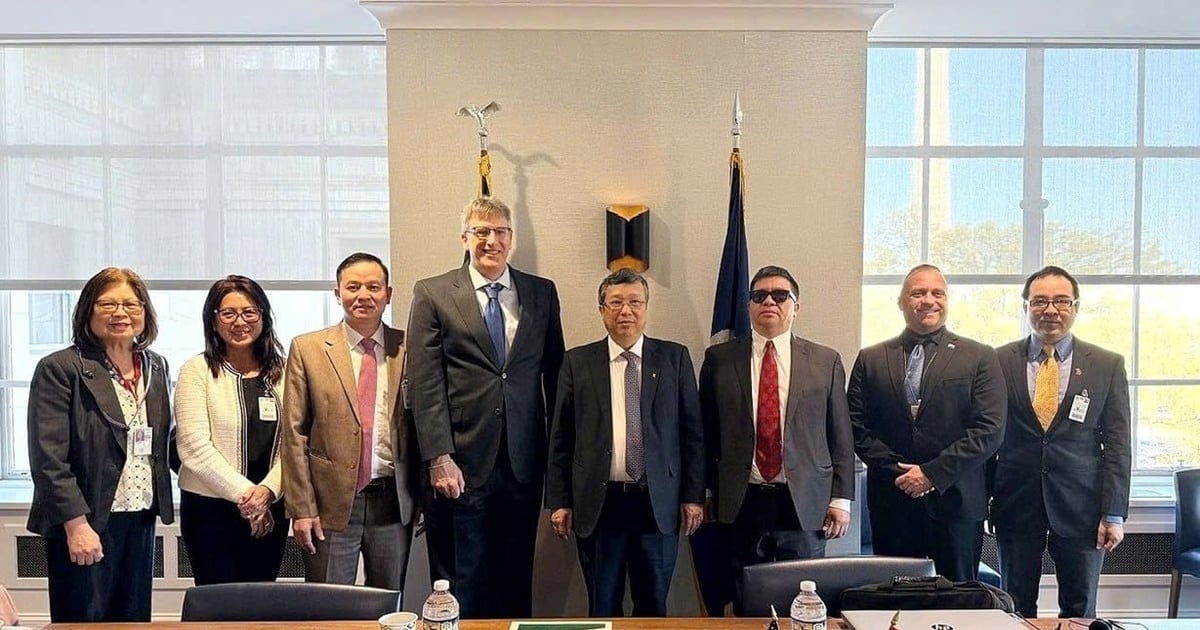
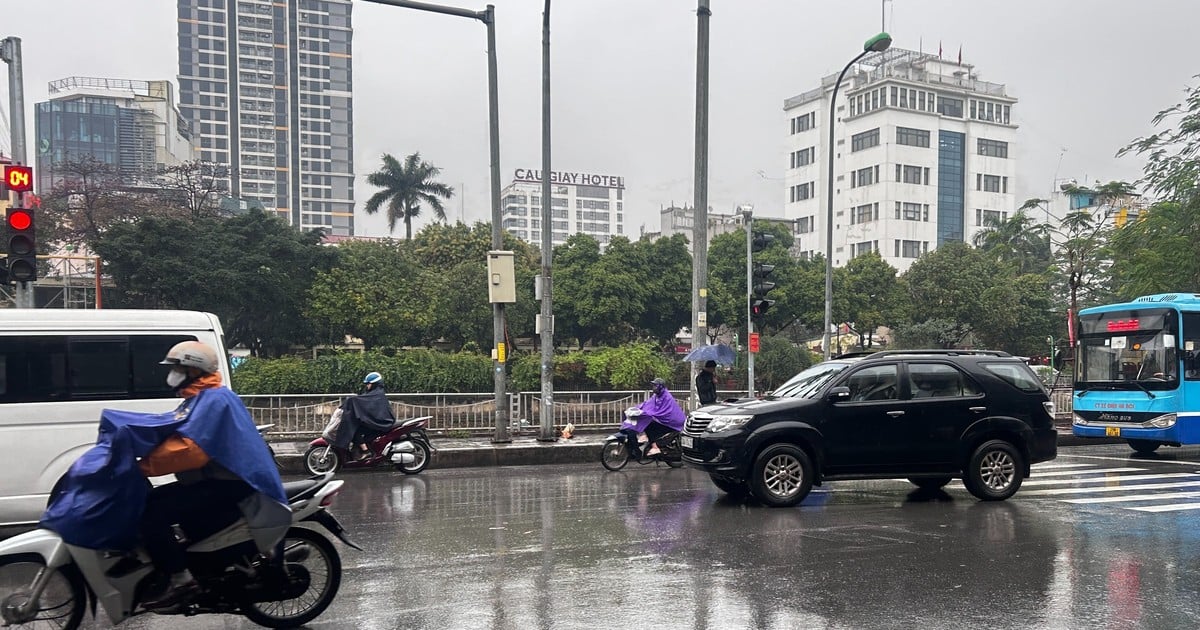
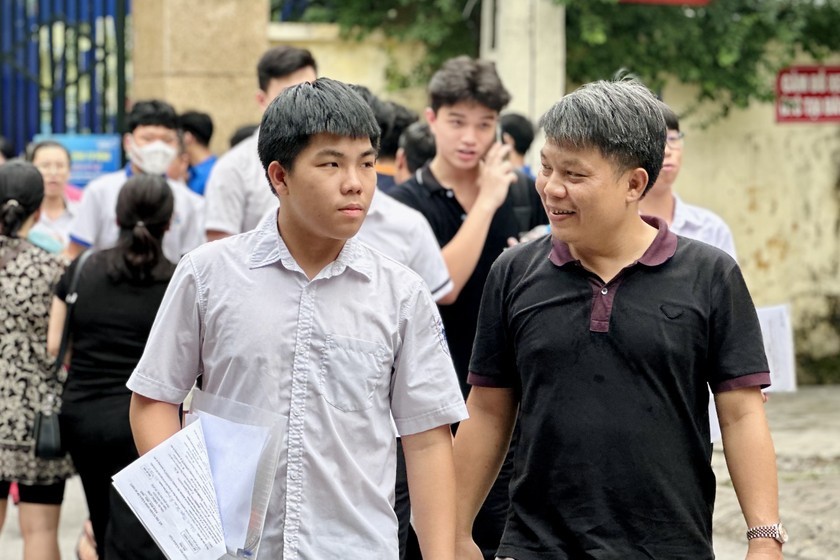
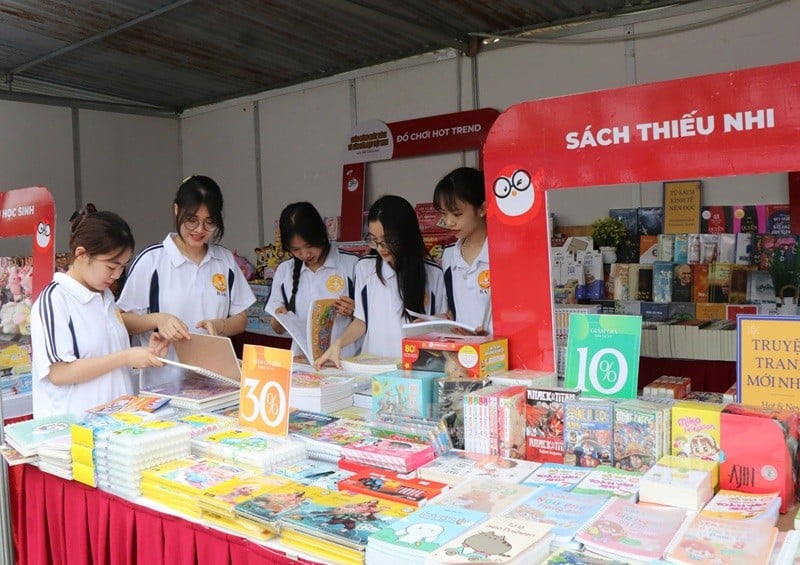
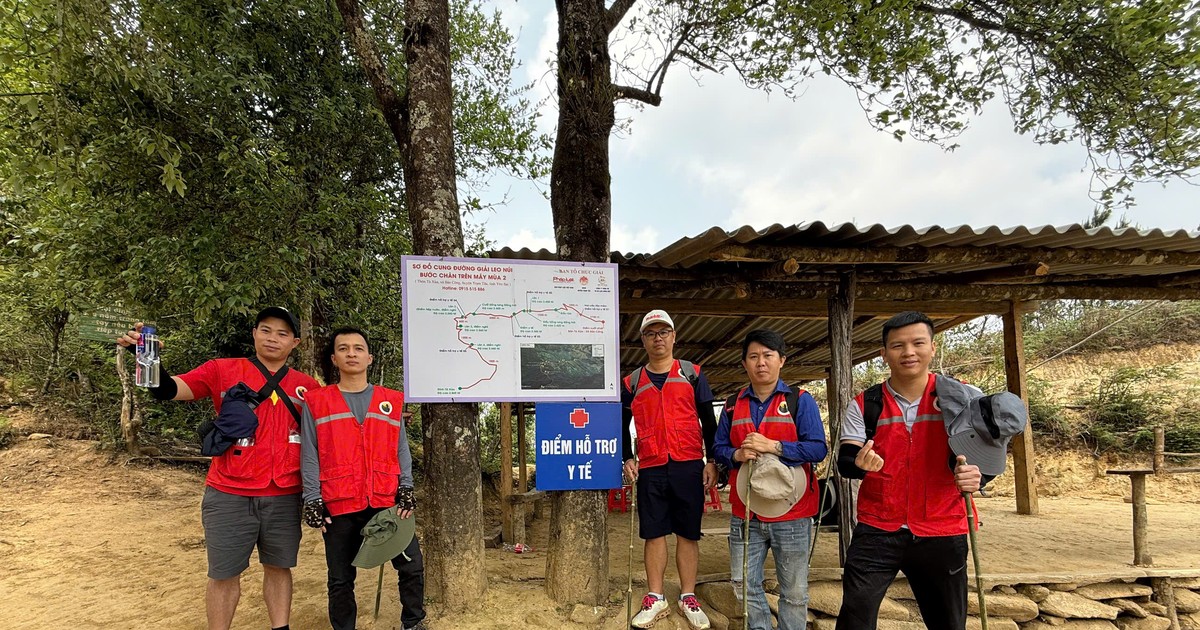
![[Photo] Summary of parade practice in preparation for the April 30th celebration](https://vstatic.vietnam.vn/vietnam/resource/IMAGE/2025/4/11/78cfee0f2cc045b387ff1a4362b5950f)









































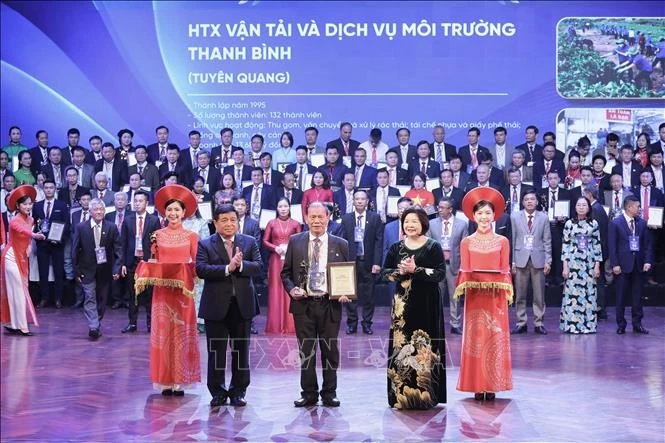

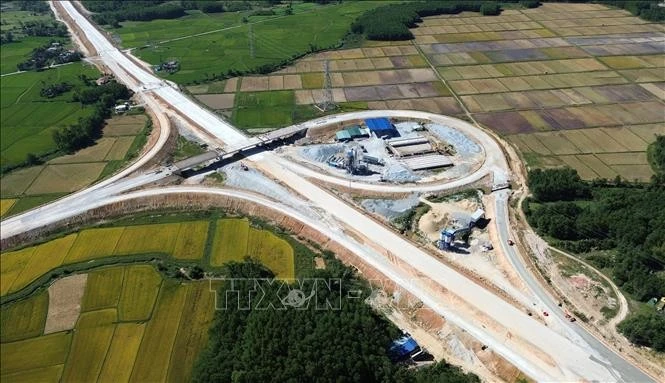


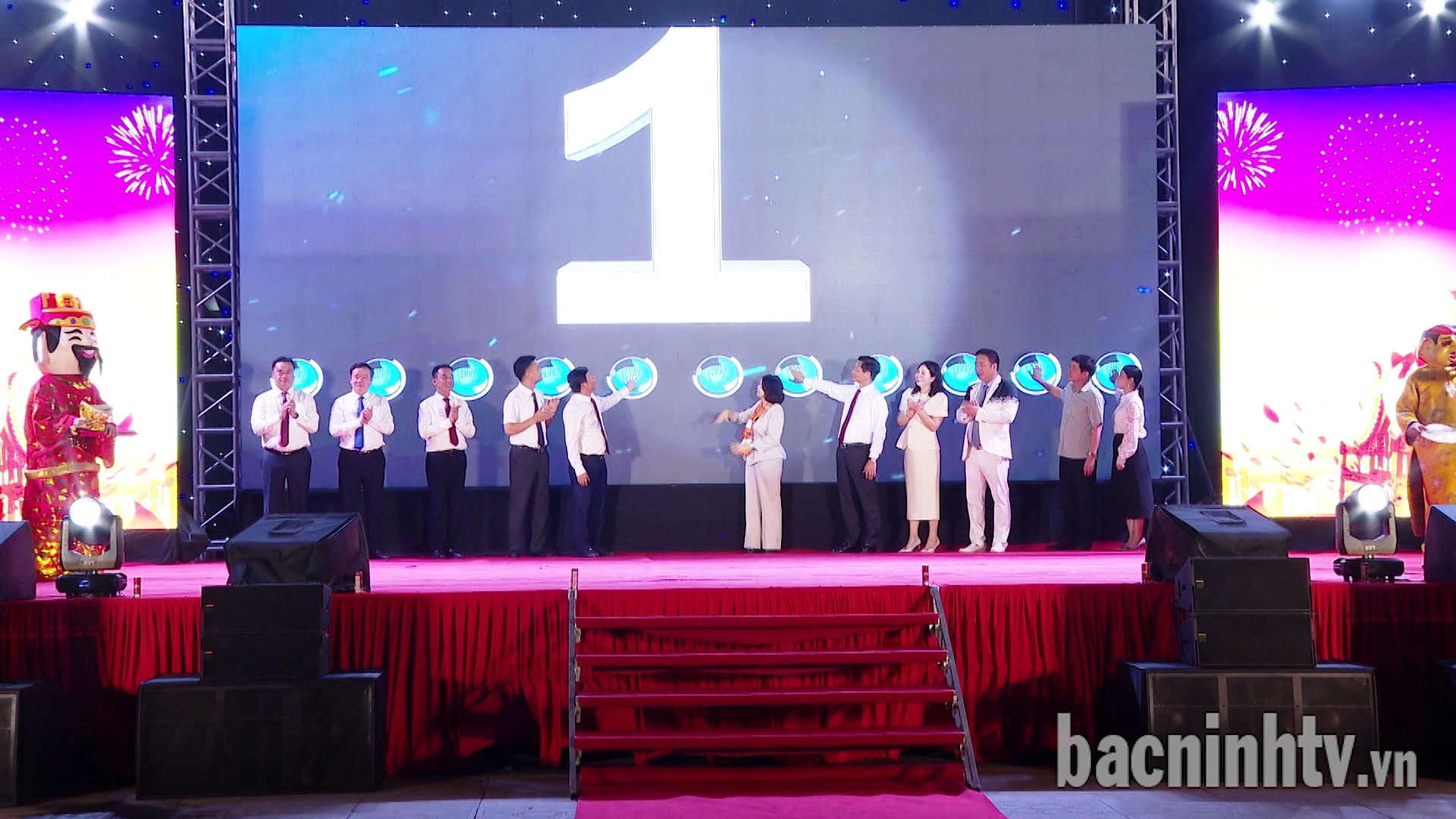
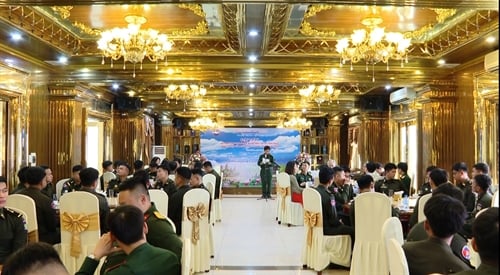
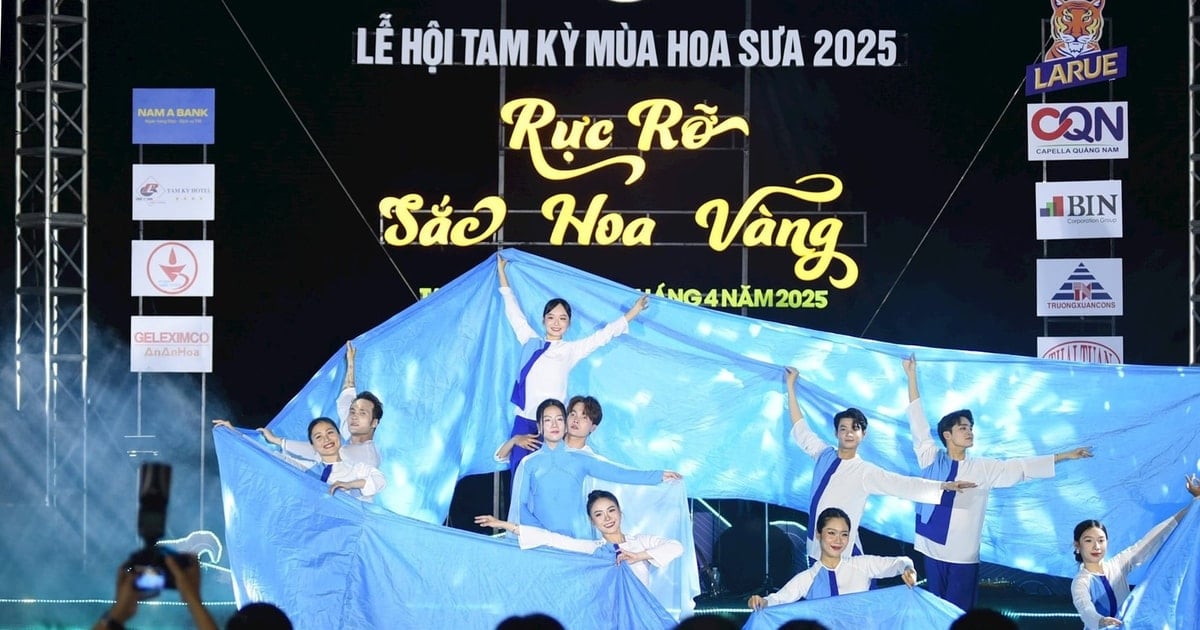












Comment (0)